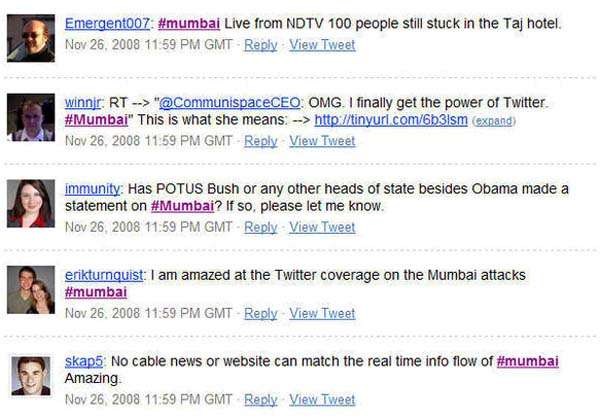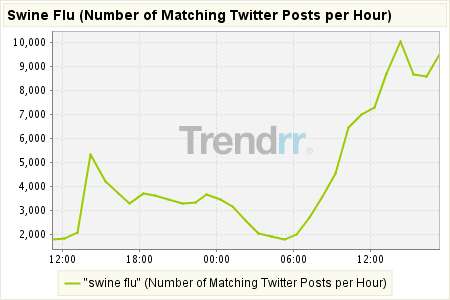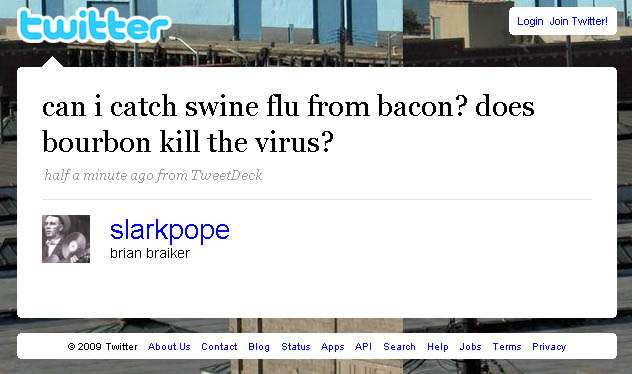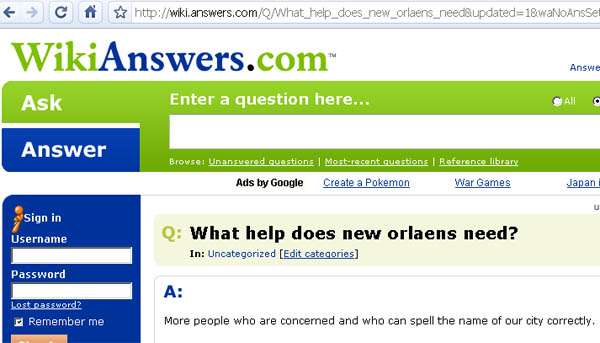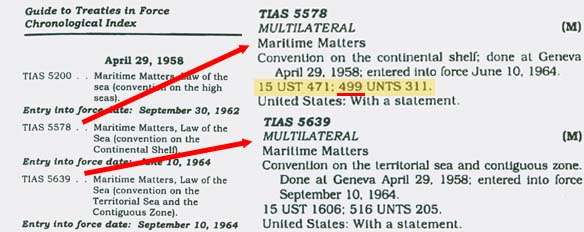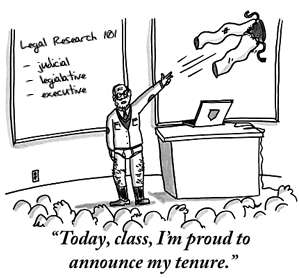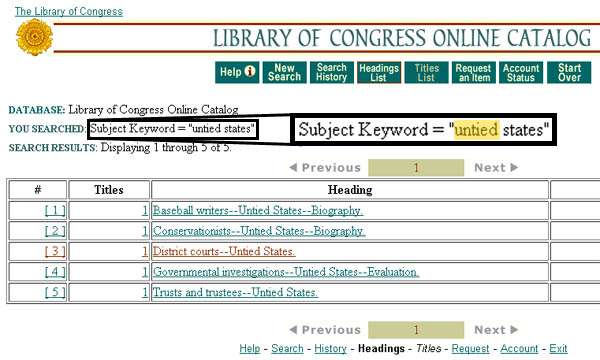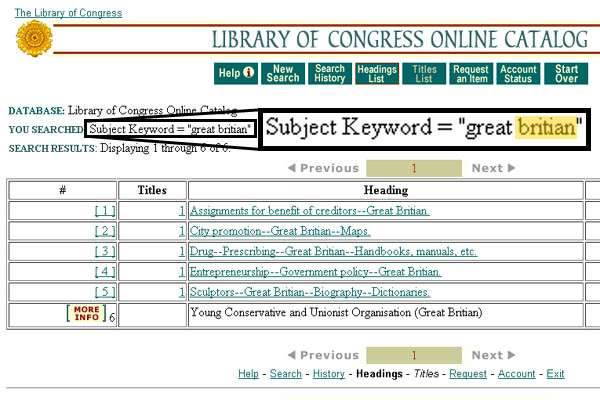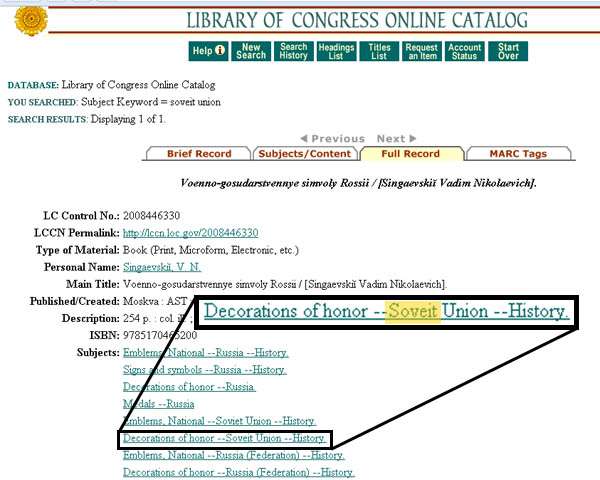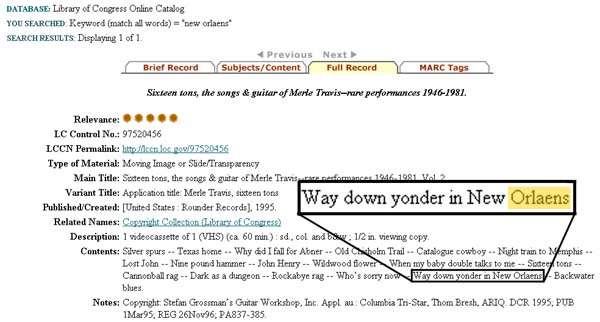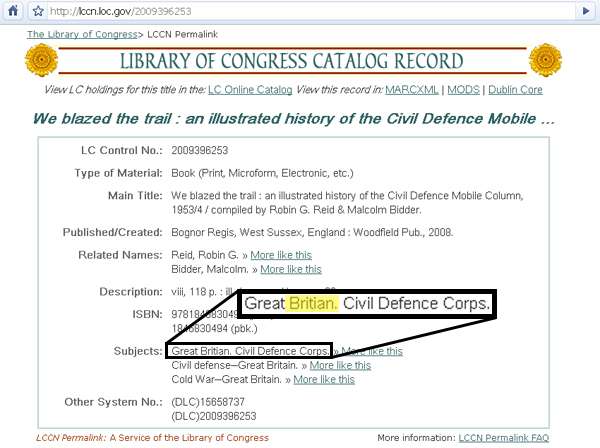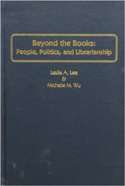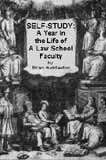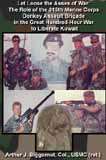
Here in New Orleans, the second weekend of Jazzfest starts tomorrow, and by then the first case in Louisiana may have been identified (and identified a mere six or seven blocks from the law school), so in keeping with the spirit of dressing up for the festival, there may be plenty of decorative mask in evidence. Or not - its going to be pretty hot...
But I worked up some quick and sloppy "proof of concept" images for decorative surgical mask built around some obvious ideas, most of which violate copyright to one extent or another. The original is from some Sims mod site:

So the first obvious thing to do is replace the radiation symbol with the biohazard symbol:

And then its time to get creative. For example,
The Smiley Face Flu Mask ("Don't worry, be happy"):

The Rocky Horror Flu Mask (And God said "let there be hog lips"):

The Alf Flu Mask ("Whoa. Has the hunter angered the gods? Okay, I won't eat pork."):

The Rolling Stone Logo Flu Mask ("I'll give you a job for to feed my swine", Prodigal Son, from Beggars Banquet):

and finally, the Groucho Marx Nose-and-Glasses Flu Mask ("I would never be part of a pandemic that would have me as a victim"):

Full blog post...
